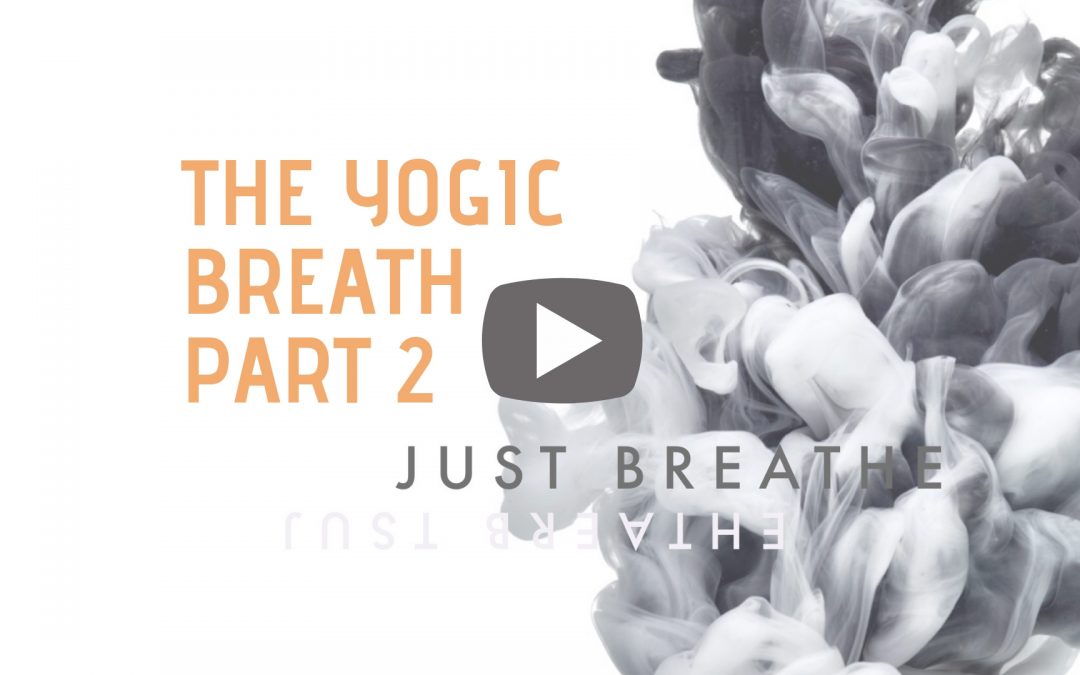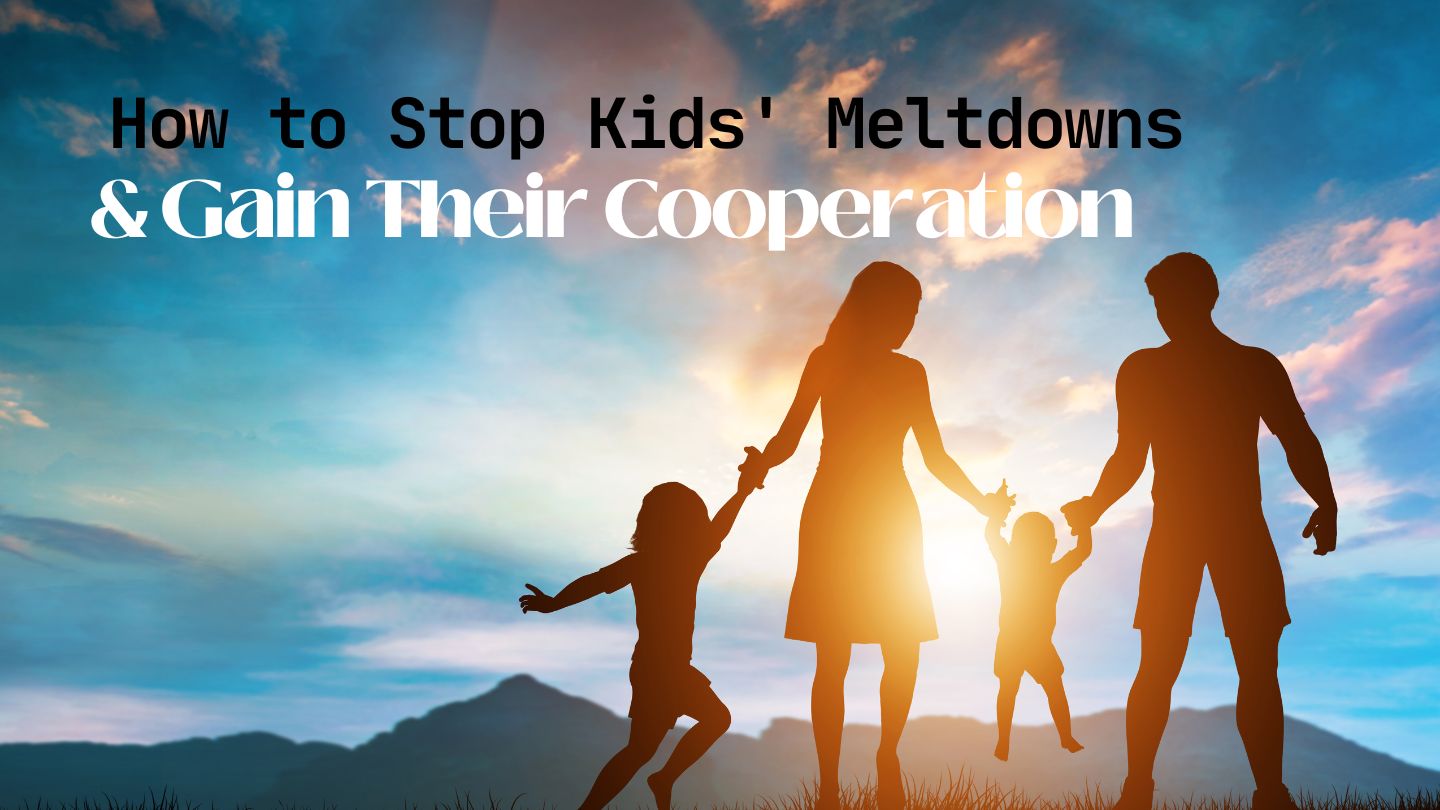Latest From Upschool
- How to Stop Kids’ Meltdowns and Gain Their Cooperation
- Making Big Decisions When You and Your Co-Parent Disagree
- Building Your Child’s Self Esteem
- Separation Anxiety & Starting School
- Why Parents Should Listen to Kids
- How To Raise Emotionally Intelligent Children
- How to Combat End of Year Fatigue
- Navigating Technology and Kids: A Guide for Parents
-
-
No videos yet!
Click on "Watch later" to put videos here
- View all videos
-
-
-
Don't miss new videos
Sign in to see updates from your favourite channels
-
Guest Contributors
Guided Meditations & Yoga Sequences (Guest Contributors)
The Yogic Breath – Part 2

https://vimeo.com/393393412
The Yogic Breath - Part 2
This breathing exercise is a fantastic tool for developing concentration and mental clarity. Extending the length of your breath will extend the range of your life by slowing down your heart rate, increasing feel-good chemicals and reducing the symptoms of stress and anxiety. It only takes a few minutes to feel the advantageous effects of this simple mindfulness meditation activity, and you can practice it anywhere at any time of day. Learning to breathe and meditate is a skill so it can take a little while to settle into the practice.Learn the Yogic Breath- Part 1
The Yogic BreathTips and Tricks
- After establishing a smooth and rhythmic diaphragm breath practice, begin to extend the length of your breath to a 3 part yogic breath. Once you can complete a 3 part breath, then graduate to the 6 part breath.
- Aim to keep the breath smooth and relaxed as you work your way up and down the spine.
- This breathing activity is performed sitting or standing in a straight position with the shoulders relaxed and the spine straight.
- Try this activity for at least 10 minutes for the best results.
TAGS
Activity
Affirmations
Daily Inspo
Fun Stuff
Grown Ups
Meditating
Mindfulness for Adults
Mindfulness for Teens
Neurosciences
Self-Awareness
Teens
Thinking Positive
Wellbeing
Yoga Time
NEW TO EXPLORE




